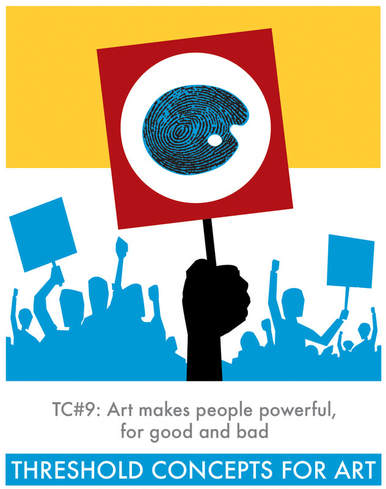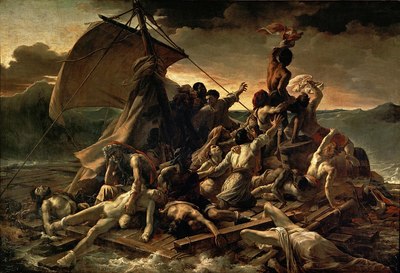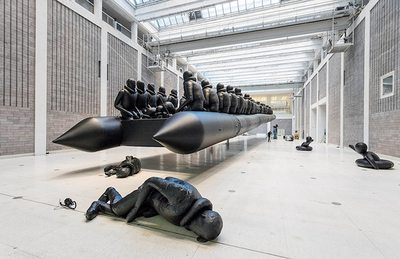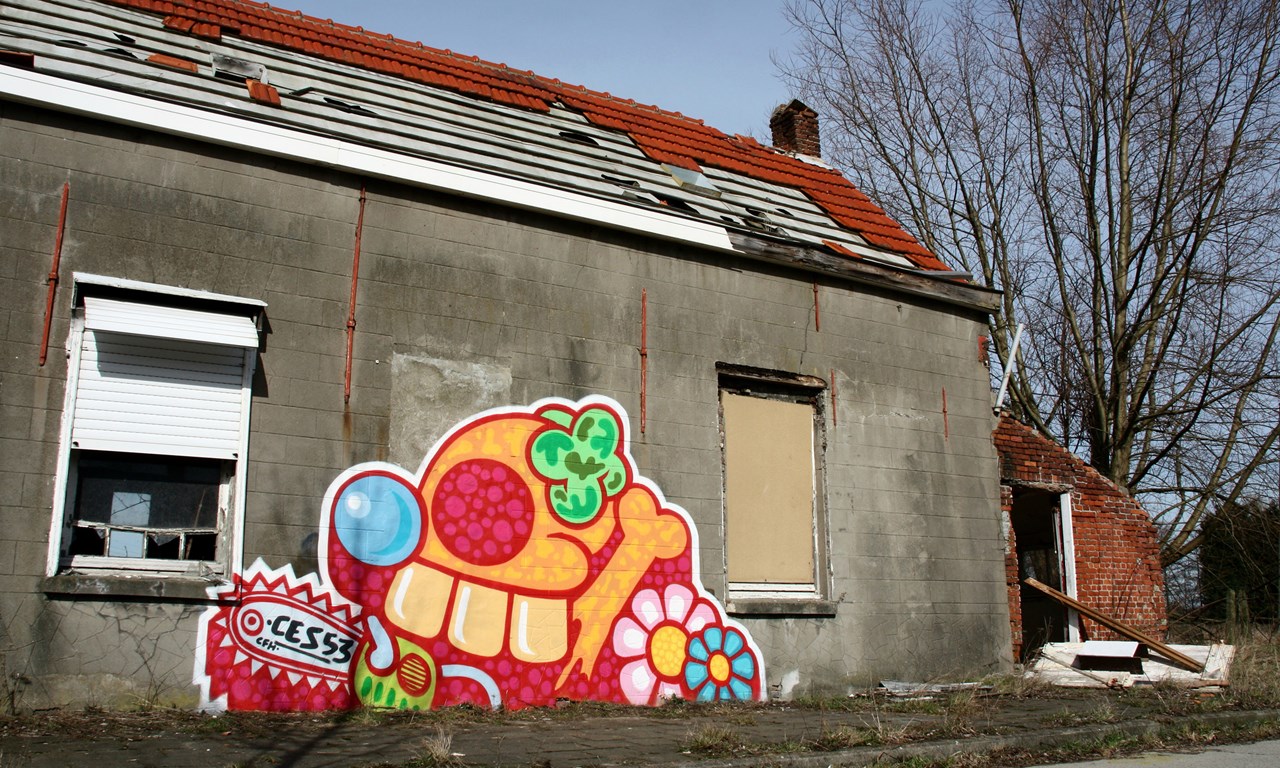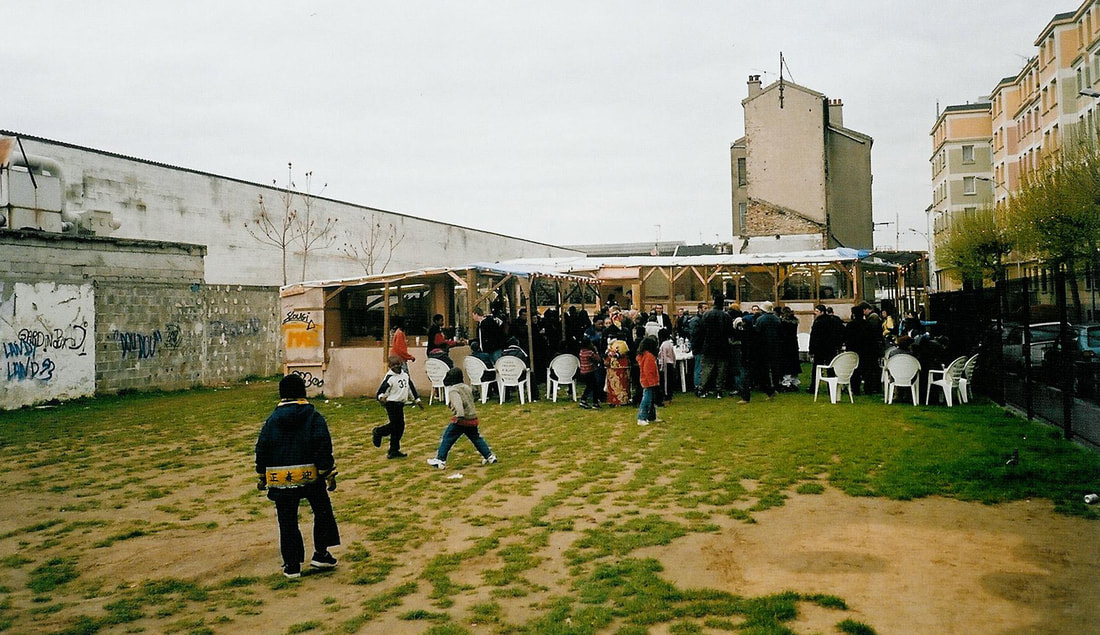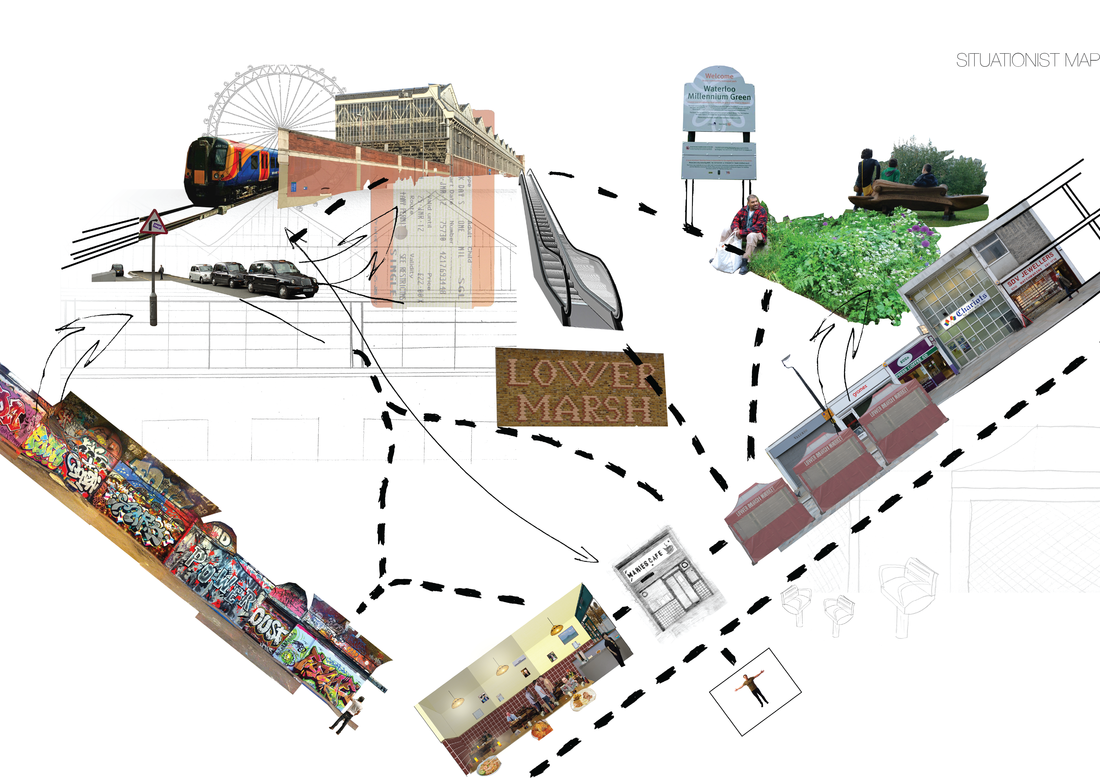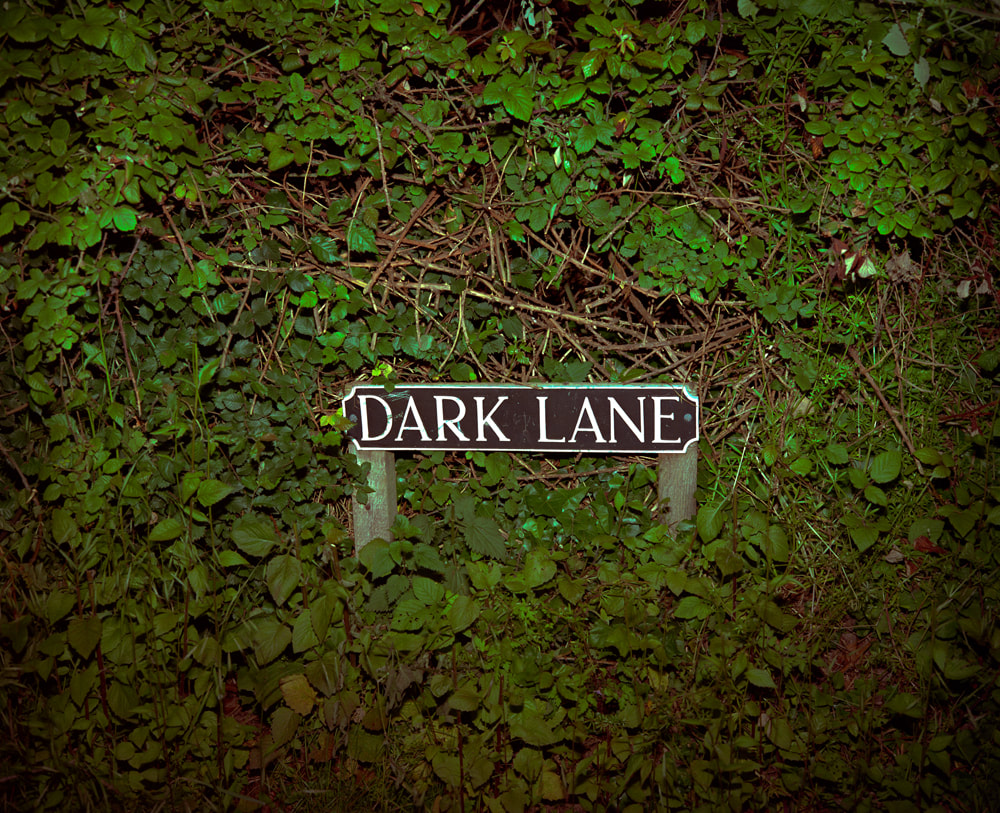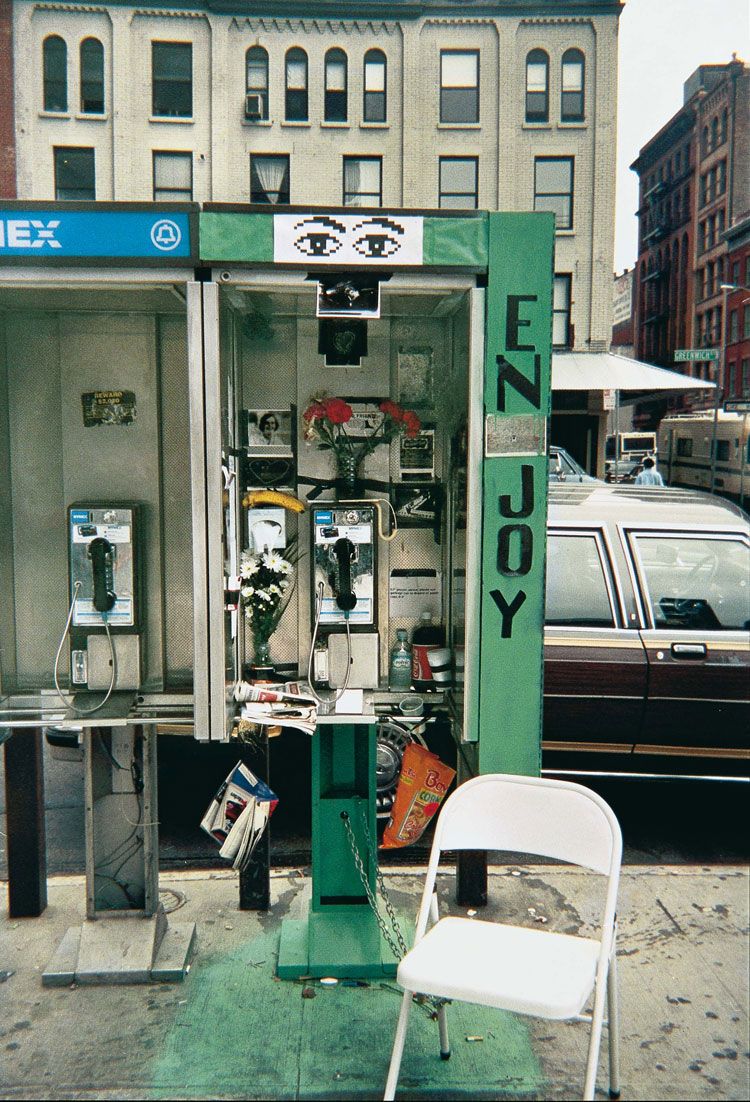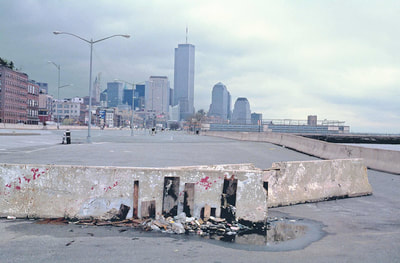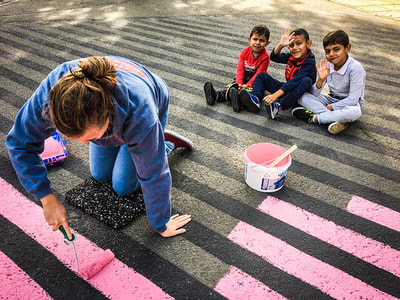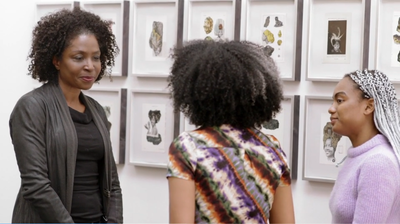TC#9Art has the potential to influence human behaviour. It can evoke emotion and provoke action, shaping the world for good and bad. Art empowers us to notice, question, interact and respond. It is a way of understanding and expressing our existence.
About the graphicOur Threshold Concepts for Art are accompanied with illustrations to aid their introduction. Each image contains a reoccurring graphic: a fingerprint in the shape of an artist's palette. In TC#9 the palette adorns a placard held aloft by a campaigner. S/he is on a march to protest about something but we're not clear what or why. Art can be a form of propaganda and it has been used to promote evil. Art, like creativity, is not simply good and we must be wary of its appeal. It must be used for some good purpose to be a positive influence.
|
"I do not want art for a few any more than education for a few, or freedom for a few."
William Morris
How might the artworks above connect to TC#9? Follow the links to find out more. Do these artworks exist as a force for good, or bad, or something else, not so simply defined? Which example of work is the most powerful, dangerous or influential to you?
WhAT DO I NEED TO KNOW?
- Artists have played a variety of roles within their cultures over time. The status of the individual artist began to change in Europe during the Renaissance (15th century). Artists began to have influence because their work was sought by powerful people. Consequently, art became entangled with power and influence. Art has been used by religious organisations as a form of visual storytelling and to communicate the nature of the individual's relationship to the divine. This was especially important, for example, in Europe prior to mass literacy. The art in churches was a way for the priests to convey moral messages in the form of biblical stories to a largely illiterate congregation. The persuasive power of religious imagery was attacked during the Reformation leading to a wave of iconoclasm. Art is still perceived by some to be dangerously powerful and acts of vandalism still occur.
- On a more personal level, art can have a transformative effect on viewers. Some writers have commented on the way that art can be a form of therapy, promoting us to reflect on the meaning of life. What happens when we stand in front of a work of art? How might it affect us? What can we learn about ourselves by contemplating it? Artists like Henri Matisse have sometimes been criticised for seeming to ignore the great political upheavals of the day, choosing instead to paint brightly coloured images of luxury, calm and pleasure. However, others have argued that Matisse's vision of life as light-filled and hopeful was a way for him to combat the darkness and chaos surrounding him. "What I dream of is an art of balance, of purity and serenity", he once wrote, "devoid of troubling or depressing subject matter - a soothing, calming influence on the mind, rather like a good armchair which provides relaxation from physical fatigue." Artists tend to look at the world with an intense vision, noticing everyday things that others might undervalue or miss completely. Artists can alter the way we see things.
- Art has sometimes been used by political powers to create propaganda. This in turn has been used to oppress people, sometimes violently. However, artists have often fought back with their own form of propaganda, urging us to question authority and behave ethically. Artists have also chosen to respond to the social and political events of their times. This more direct relationship between art and politics, which gained momentum in nineteenth century Europe, is now often a feature of contemporary artists' practice across the globe.
- Art can be a way to speak truth to power. Today, many artists engage directly with aspects of their cultures they consider to be damaging. This can often lead to them being silenced by those in authority. In the past, art sometimes had an uncomfortable relationship with wealth and power. This relationship persists today but many contemporary artists take their civic responsibilities very seriously. Consequently, some cultural institutions have begun to respond in imaginative ways to the idea of socially engaged art.
Below is an introductory slideshow to encourage initial reflections and discussion:
Practical ideas for the classroom
- Choose a space in the place where you live that could do with some care and development. Create an art regeneration proposal using whatever scale, forms and materials you think appropriate. You may simply want to decorate a dark underpass, plant a garden or wallpaper an entire building. It's up to you. Consider consulting the people who live and work there. What do they like/dislike about the space as it is? What would they like to see happen to make it better? Do some research about artists who have a socially engaged practice. You may want to produce some drawings of your ideas or even a small maquette.
- Artists like Gabriel Orozco respond to the places in which they work. They are sensitive to objects and spaces and the way people interact with them. They are noticers. The Situationists believed in the importance of wandering through spaces (dérives) paying close attention to subtle changes in atmosphere. They developed a playful attitude to the city in order to resist the constant demands of commercialism. Take notice of the small things around you - abandoned objects in the street, litter, weeds, the cracks in the pavement, signs etc. Create a work of art which draws attention to one or more of these things. Install your work of art in a public place and notice how people respond to it.
- The history of modern art is filled with examples of artists banding together to assert their views and promote their own work. Form an artist collective with a group of fellow artists. Take inspiration from young artists who have embraced social media as a way to promote a positive self-image and celebrate their creativity. Is your group open to others or must participants commit to a set of principles before they can join? You may wish to produce a manifesto of your ideas and attitudes. How will you publish this to the world? You may wish to organise an exhibition, produce a fanzine or stage a performance.
“It’s not really about the material- it’s about our capacity to shape things. How to revive a neighbourhood: with imagination, beauty and art"
THeaster Gates
FURTHER READING
The following texts have been chosen to promote wider contextual study. Students should consider the author's intentions, their chosen writing style, and how the texts combine research and historical facts alongside personal insights and opinions.

